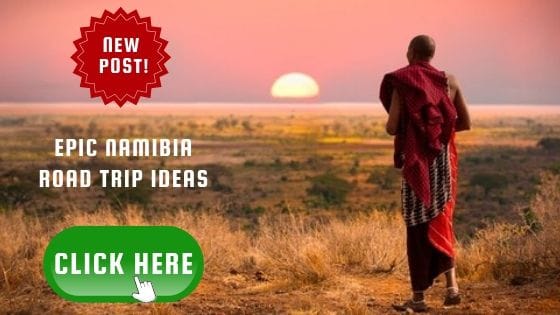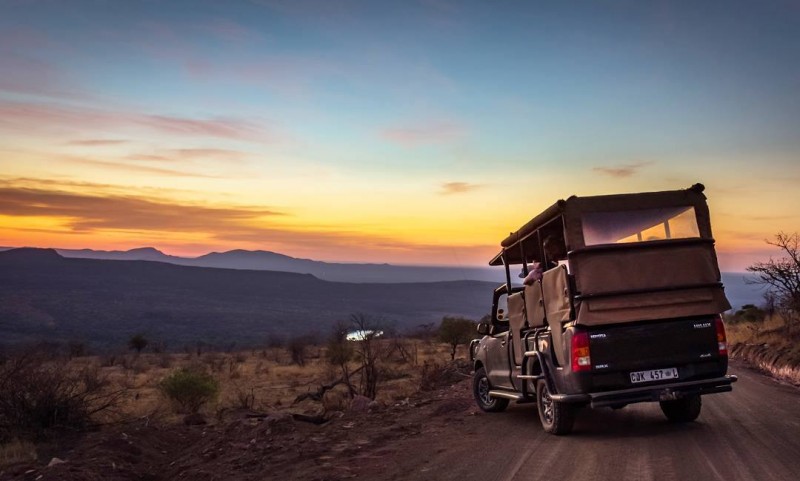
The All-New Renault Duster is Here
After a two-year absence from the South African market, the mighty Renault Duster is back...
 12 March 2025
12 March 2025 
When planning a safari, Namibia might not be the first destination on your list of places to see. However, Africa’s most thinly populated destination will enthral you with its wildlife-rich landscapes and ancient rock-art.

Namibia gives you the chance to avoid sites ruined by big crowds of tourists and going to places that are a little more off the beaten path.
The Namib Desert extends over 34,000 square kilometers supports a fair amount of wildlife, such as Rapier-horned gemsbok (oryx), Desert-adapted elephants and hippos.
In the south of Namibia, you’ll find the Fish River Canyon, which is the second longest canyon in the world and the second most visited tourist attraction. In total, it’s approximately 160 km (100 miles) long and a popular destination for hikers.
Apart from the towering dunes of the Namib Desert and the lengthy Fish River Canyon, there is so much more to see on your Namibia safari. Decaying ships of the Skeleton Coast, Deadvlei’s clay pan with camel-thorn trees and ancient rock art at Twyfelfontein. Namibia is a true paradise for photographers.
Namibia safaris give you the chance to see the Big Five (lion, elephant, buffalo, leopard and rhinoceros). It is also an ideal destination for birdwatchers, with around 700 species of birds on show. Most travellers book a vehicle with Namibia car hire, for ease of travel while they experience the best Namibia has to offer
Etosha, which means ‘place of dry water’, is a 22 750km² national park established in 1907. It’s home to the largest salt pan in Africa, The Etosha Pan, which is also visible from space and to the endangered black rhinoceros.